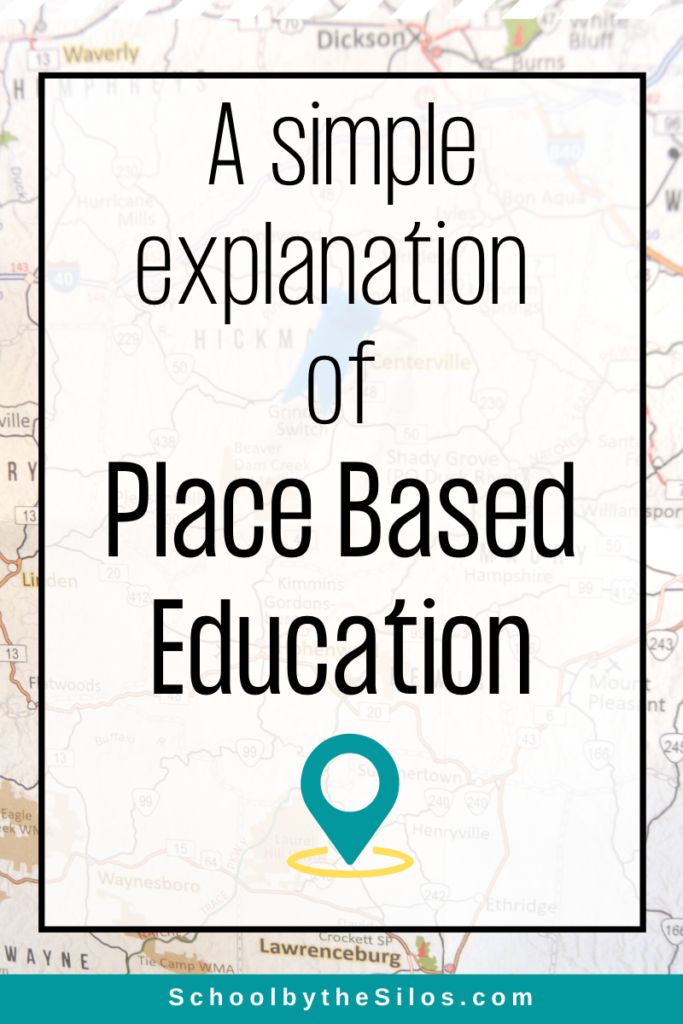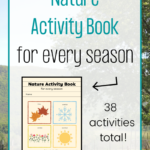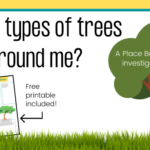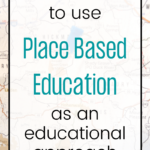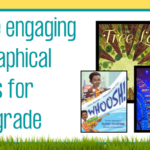Since you likely ended up here because you are on a search about Place Based Education (PBE), I’ll skip the usual introduction and get to it. If you want to know how I stumbled upon PBE, it’s discussed at the bottom of the post.
Academic definition and explanation
PBE can be defined various ways. I will provide an “academic” definition and example, and then my own.
In 2004, David Sobel defined PBE as,
“Place-based education is the process of using the local community and environment as a starting point to teach concepts in language arts, mathematics, social studies, science, and other subjects across the curriculum. Emphasizing hands-on, real-world learning experiences, this approach to education increases academic achievement, helps students develop stronger ties to their communities, enhances students’ appreciation for the natural world, and creates a heightened commitment to serving as active, contributing citizens.”
Place-based education takes a variety of forms but, in a review of place-based learning practices, Smith (2002) identified five common elements. These include:
- using local phenomena as the basis for curriculum development
- an emphasis on learning experiences that encourage students to become creators (rather than the consumers) of knowledge
- a study focus that is determined by students’ questions and concerns
- the role of teachers as “experienced guides, co-learners, and brokers of community resources and learning possibilities” (p. 593)
- increasing the permeability of boundaries between school and community and the frequency of participation and engagement in and with the community
Out of all the research I completed on PBE, these two definitions provide the best and most succinct overview.
How I explain Place Based Education
If you want more of an “elevator pitch” definition, the simplest way to explain it is that students start learning any subject or new concept from their physical place.
Would you like to teach a small child about science? Start with the nature around them. Go out in the yard and really study a tree. Then, you could investigate the following questions:
- Why do trees have bark and moss?
- Why do they have leaves?
- How do the leaves grow?
- Why do the leaves fall off?
What about older students? Let’s take Civics/Government as an example. To begin studying this topic, you would begin with the local city/county government, mayor, school board, etc., and the students work their way up from there. That way, they actually understand it from the bottom up. Using this approach gives students a much better understanding of this topic (and so many others)!
More Resources
Before listing the resources, I wanted to mention that people incorporate PBE many different ways. Some are heavy into environmentalism, while others lean more heavily into politics. Personally, I try to take a more well-rounded approach. Despite different leanings, the following sites will help you learn more about PBE.
- Teton Science Schools
- Promise of Place
- A helpful PDF I found when I was searching on the National Park Service website
How I learned about Place Based Education
To end, I just wanted to share how I learned about PBE. A few years ago, I was completing a specialist degree in education. For my research question, I wanted to find ways to help improve rural Appalachian student learning outcomes. During my research, I stumbled upon Place Based Education. There is not a lot of research on it because it is basically impossible to implement in the government public education system in America, but I had never been drawn to an educational “pedagogy” more. I firmly believe that this approach can lead to improved learning.
To end
I hope you found this informative. If you would like to learn more:
- Follow me on Instagram
- Click here to read three reasons to use a Place Based approach to education
- Check out this Pinterest board for a few more articles and examples of PBE
Thank you for reading and feel free to share with anyone you think may be interested!
All the best,
School by the Silos
Sources
Sobel, David. Place-Based Education: Connection Classrooms & Communities. Great Barrington, MA: The Orion Society, 2004.
Smith, G. (2002). Place-based education: Learning to be where we are, Phi Delta Kappan, 83, April, 584–594.
More about School by the Silos
School by the Silos combines my passion for education, curriculum making, and Place Based Education. You can learn more about me here. Also, be sure to check out the free printables and visit the shop!
